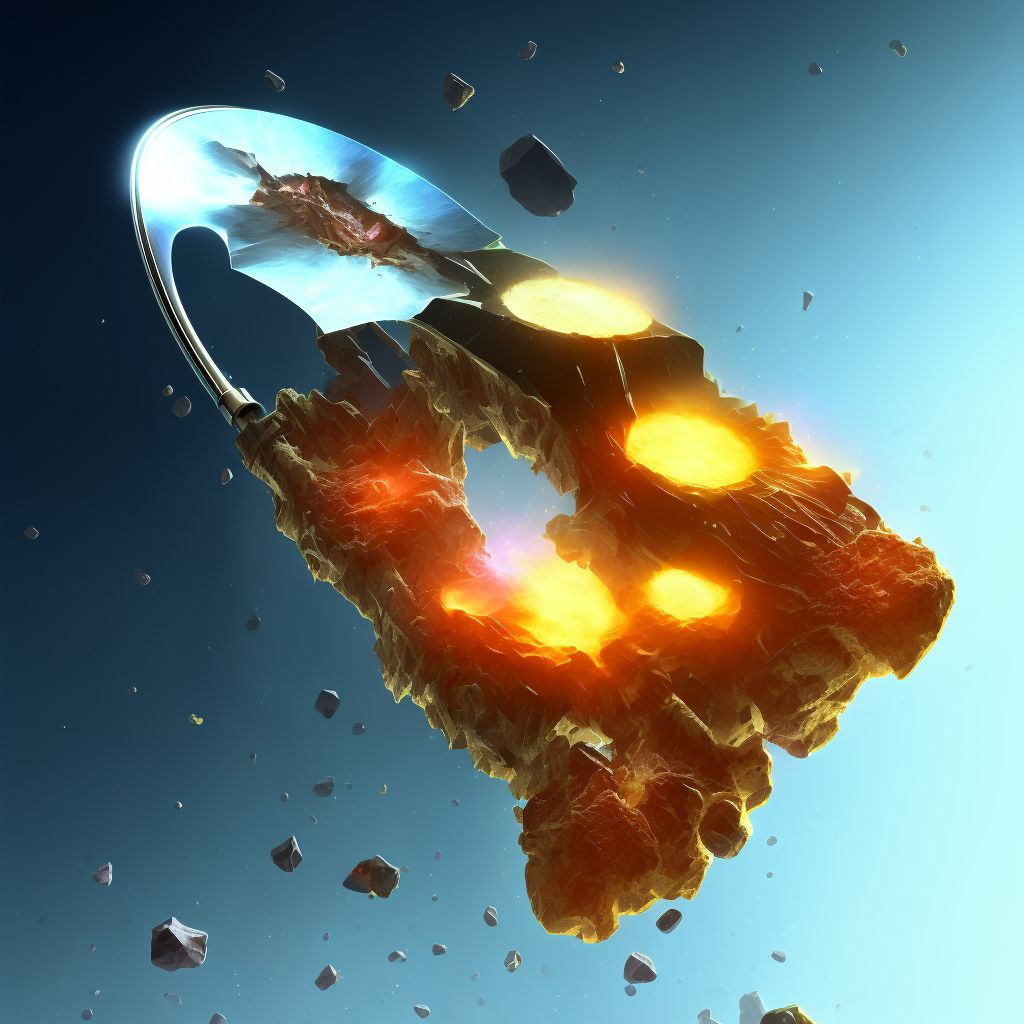
Displaced oblique fracture of shaft of left tibia, subsequent encounter for open fracture type I or II with delayed healing Save
ICD-10 code: S82.232H
Disease category: S82.232: Displaced oblique fracture of shaft of left tibia
Understanding Displaced Oblique Fracture of the Shaft of Left Tibia with Delayed Healing
When it comes to bone injuries, displaced oblique fractures of the shaft of the left tibia are a common occurrence. These fractures are characterized by a break in the long bone of the lower leg, specifically the tibia, which results in misalignment of the bone fragments. In some cases, the healing process of this type of fracture can be delayed, leading to subsequent encounters for open fracture type I or II.
Displaced oblique fractures of the shaft of the left tibia often occur due to high-energy trauma, such as car accidents, falls, or sports-related injuries. The oblique nature of the fracture means that the bone breaks diagonally, resulting in misalignment of the bone fragments. This misalignment can impede the body's natural healing process, leading to delayed healing.
During a subsequent encounter for open fracture type I or II with delayed healing, it is crucial to assess the progress of the healing process. This involves examining the alignment of the bone fragments, the condition of the surrounding soft tissues, and any signs of infection or complications that may have arisen during the healing period.
- Alignment of Bone Fragments: The first step in evaluating the healing process is to ensure that the bone fragments are properly aligned. Misalignment can cause issues with healing and may require further intervention such as surgery or immobilization.
- Condition of Surrounding Soft Tissues: It is essential to examine the condition of the soft tissues surrounding the fracture site. Swelling, redness, or signs of infection should be monitored and treated accordingly.
- Assessing Infection or Complications: Delayed healing can increase the risk of infection or other complications. Signs of infection, such as increased pain, fever, or discharge, should be carefully monitored and addressed promptly.
It is important to seek medical attention for a displaced oblique fracture of the shaft of the left tibia to ensure proper diagnosis and treatment. Medical professionals can provide the necessary guidance and interventions to promote healing and prevent further complications.
In conclusion, understanding the nature of a displaced oblique fracture of the shaft of the left tibia with delayed healing is crucial for subsequent encounters. Prompt medical attention, thorough evaluation of the healing process, and appropriate interventions are essential for a successful recovery.
Treatment of Displaced oblique fracture of shaft of left tibia, subsequent encounter for open fracture type I or II with delayed healing:
Treatment Options for Displaced Oblique Fracture of Shaft of Left Tibia with Delayed Healing
Displaced oblique fractures of the shaft of the left tibia can present significant challenges in terms of treatment and healing. When these fractures do not heal properly or experience delayed healing, it becomes crucial to explore alternative treatment options. Here are some potential appr...
To see full information about treatment please Sign up or Log in